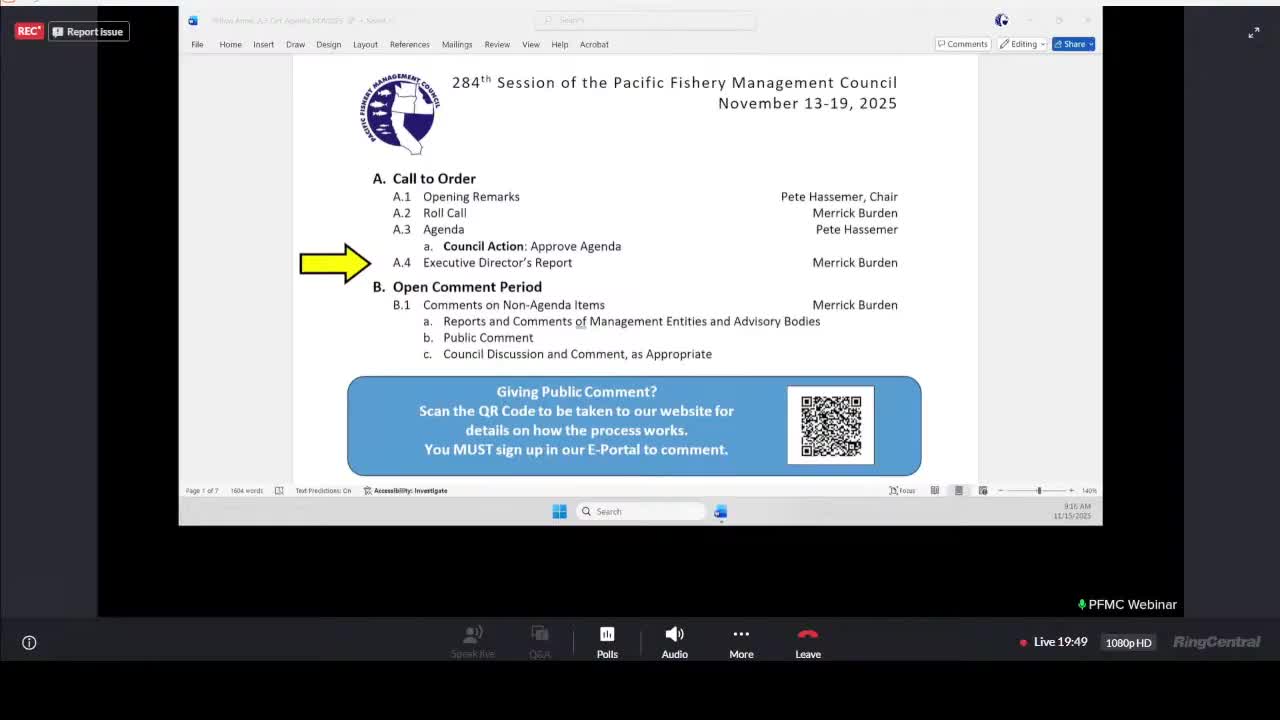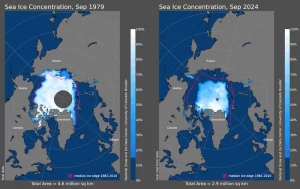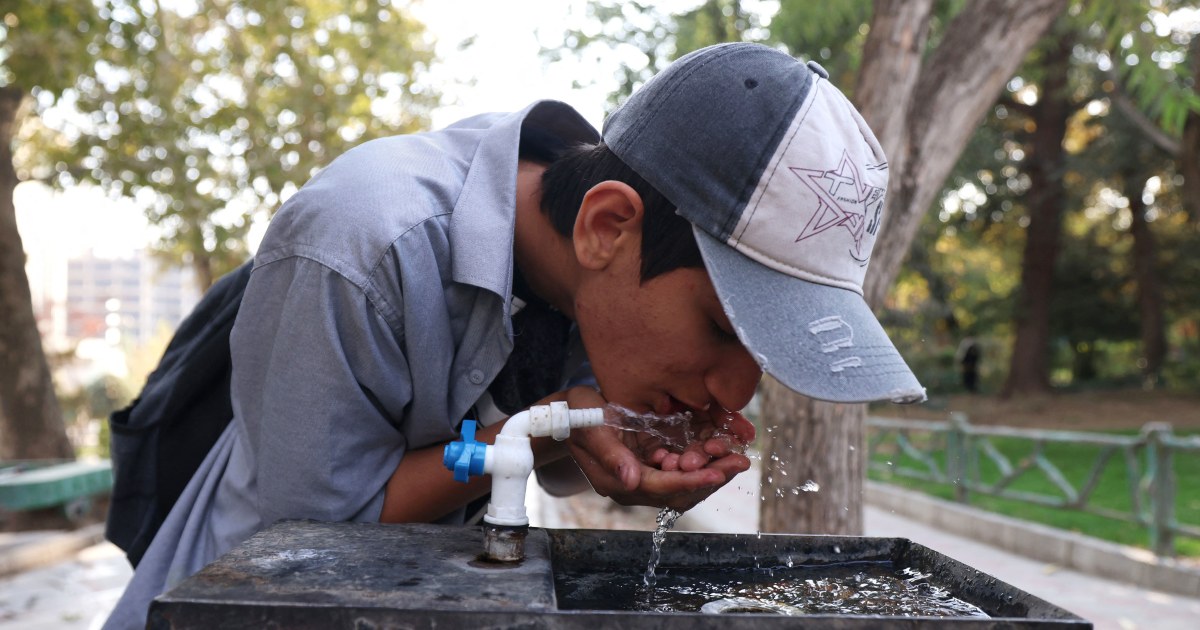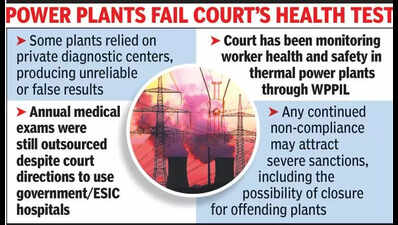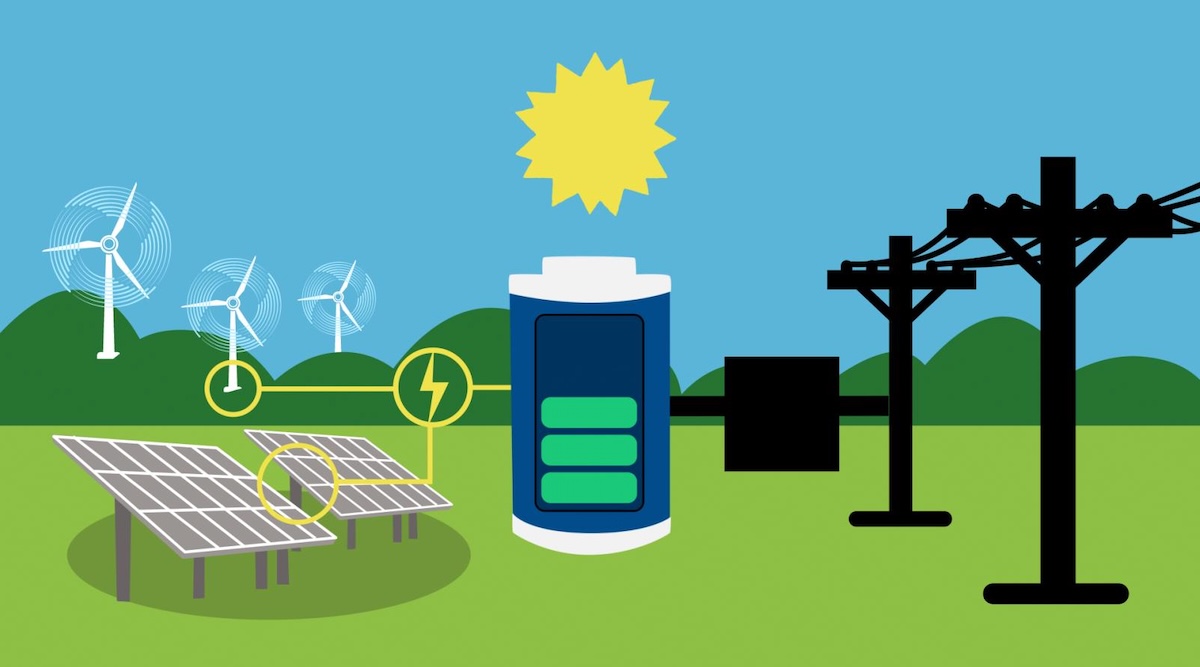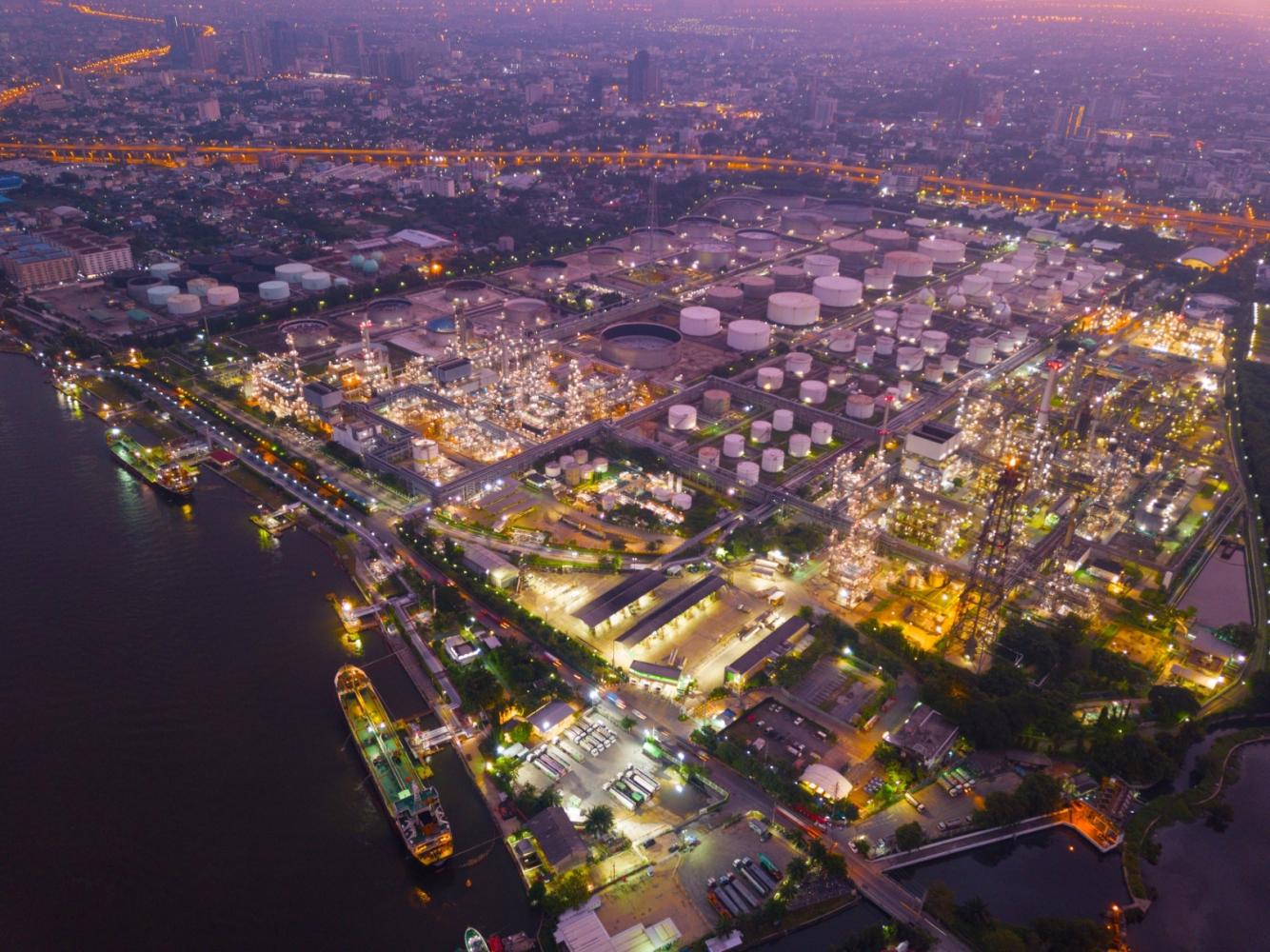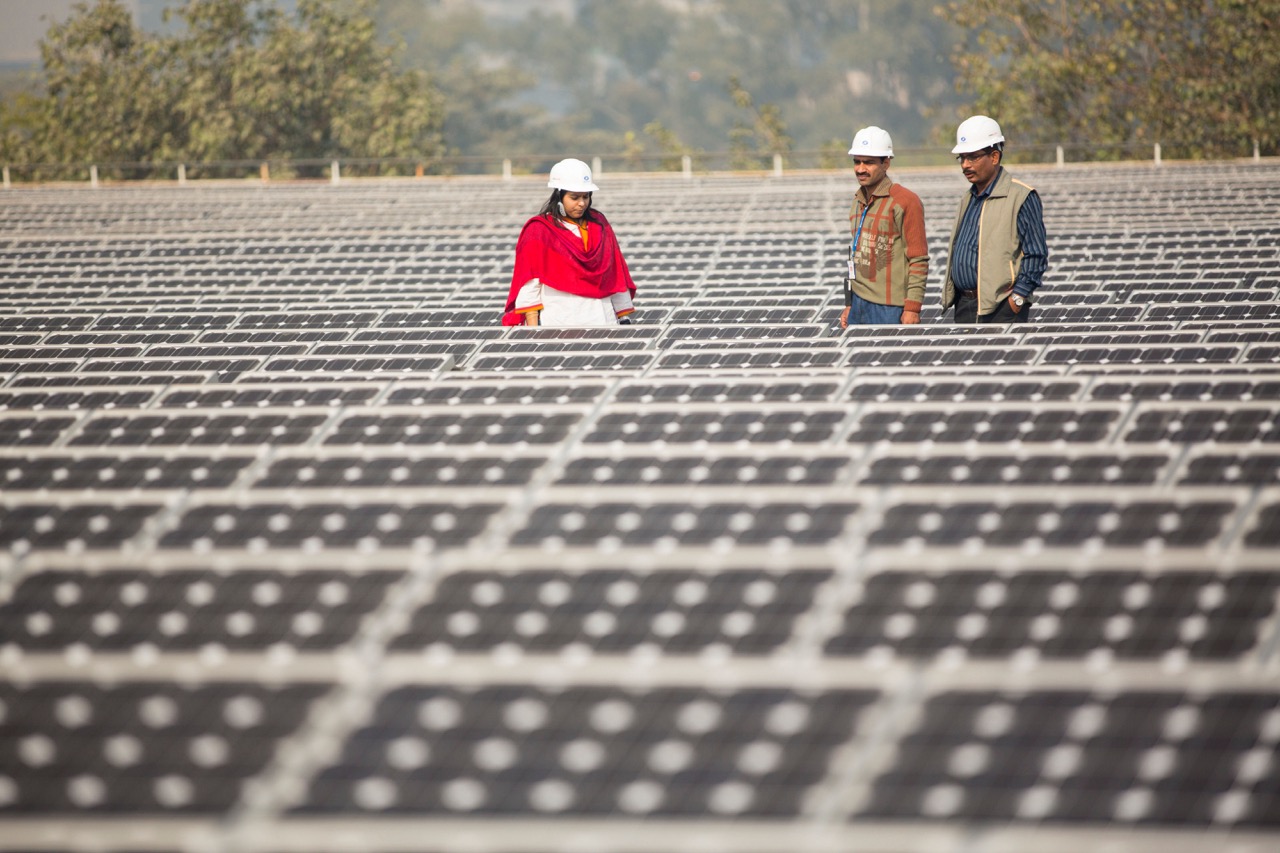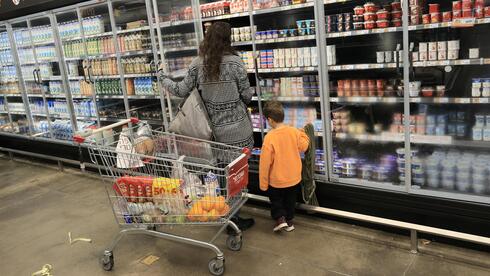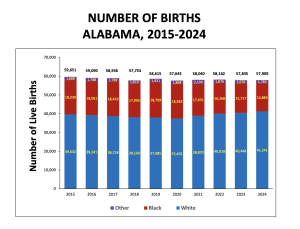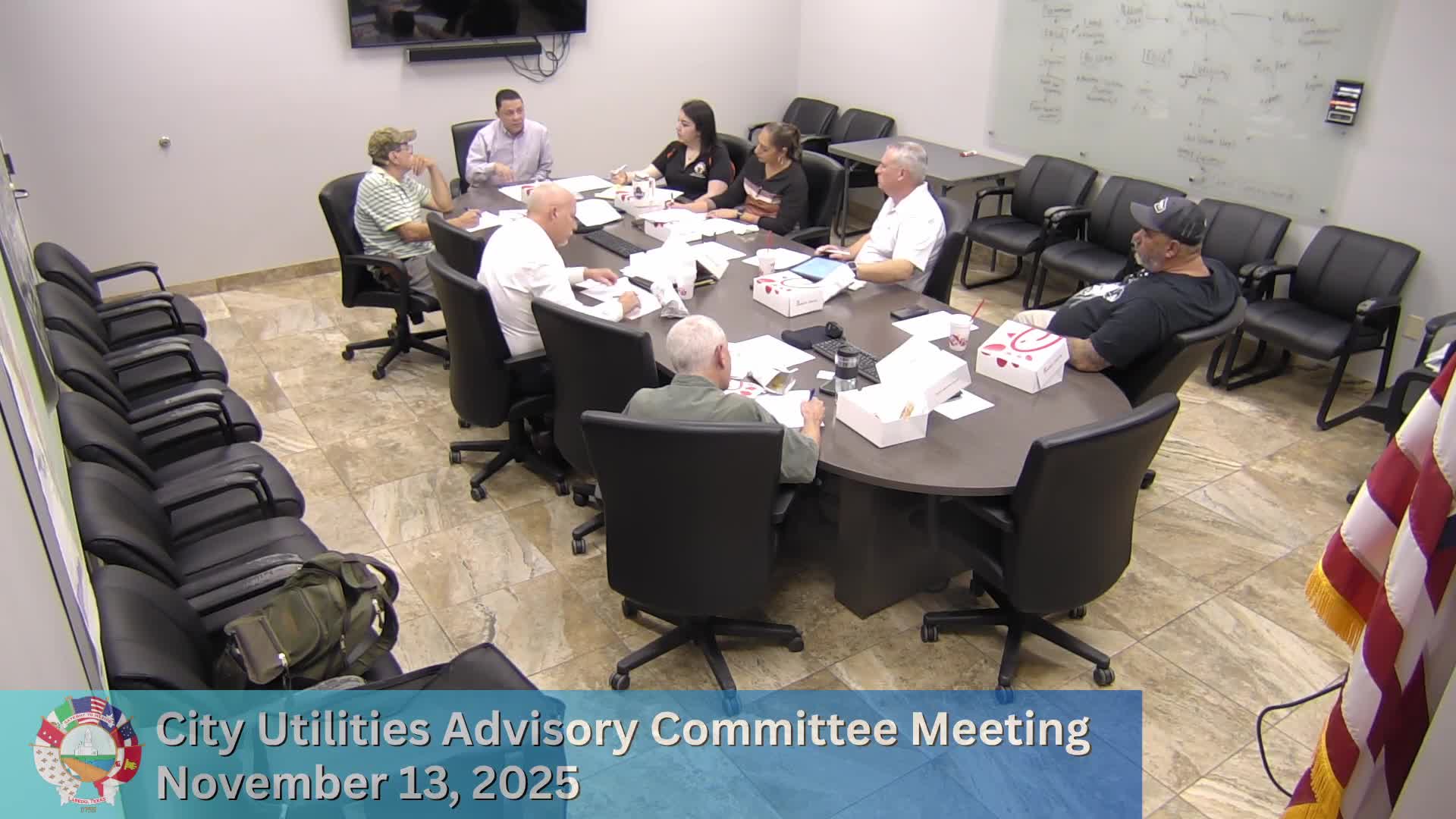Tehran contemplates “evacuation” as many cities across the globe face water dilemmas – resilience.org

Global Water Scarcity: A Critical Challenge to Sustainable Development Goals
1.0 Executive Summary
Recent events in Tehran, Iran, highlight a growing global water crisis that poses a significant threat to the achievement of several Sustainable Development Goals (SDGs). The potential for a mass evacuation of the city due to severe water shortages underscores the urgent need to address water security within the framework of SDG 6 (Clean Water and Sanitation), SDG 11 (Sustainable Cities and Communities), and SDG 13 (Climate Action). This report analyzes the situation in Tehran and other water-stressed regions, examining the interconnected challenges of climate change, resource management, and inadequate infrastructure.
2.0 Urban Water Crises and SDG 11: Sustainable Cities and Communities
The prospect of evacuating Tehran, a city with a population of 9.8 million, due to water supplies falling 82 percent below long-term averages, represents a critical failure in urban resilience, a key target of SDG 11. This situation is not isolated, echoing the 2018 “Zero Day” crisis in Cape Town, South Africa. These events demonstrate the vulnerability of major urban centers to water scarcity, directly impacting the goal of making cities inclusive, safe, resilient, and sustainable.
- Tehran, Iran: Facing potential water rationing and evacuation if rainfall does not replenish dangerously low reservoirs.
- Cape Town, South Africa: Averted a city-wide water shut-off through drastic conservation measures, serving as a cautionary tale for other urban areas.
- United States: A report identifies 13 U.S. cities facing alarming water shortages, including Phoenix, Las Vegas, Denver, and Atlanta, threatening their long-term sustainability.
3.0 Global Water Stress and its Impact on SDG 6: Clean Water and Sanitation
The challenge of ensuring the availability and sustainable management of water, as outlined in SDG 6, is becoming increasingly acute on a global scale. A study by the World Resources Institute indicates that 25 countries, home to a quarter of the world’s population, face extremely high water stress, defined as a critical ratio of water demand to renewable supply. This directly undermines progress on SDG 6.
The five most water-stressed countries are identified as:
- Bahrain
- Cyprus
- Kuwait
- Lebanon
- Oman and Qatar
The inclusion of countries like Belgium and Chile in the “extremely stressed” category illustrates that this is a widespread global issue, not one confined to arid regions.
4.0 The Nexus of Water, Climate, Food, and Energy (SDGs 13, 2, and 7)
The primary driver of this escalating water scarcity is climate change, making urgent action under SDG 13 (Climate Action) imperative. Relentless heat increases evaporation from reservoirs, and altered precipitation patterns lead to prolonged droughts. Failure to adapt to and mitigate climate change is a fundamental failure of resource management.
Furthermore, the crisis impacts other critical SDGs due to sectoral water consumption patterns:
- SDG 2 (Zero Hunger): Agriculture is a primary consumer of water, accounting for an estimated 43 percent of total withdrawals in the United States. Water shortages directly threaten food production and security.
- SDG 7 (Affordable and Clean Energy): Thermoelectric power generation is also highly water-intensive, responsible for approximately 42.5 percent of U.S. water withdrawals. Scarcity can constrain energy production.
In contrast, public supply for homes and businesses accounts for a much smaller portion (14.5 percent), indicating that long-term solutions must address agricultural and energy sector usage to achieve sustainable water management.
5.0 Conclusion: The Imperative for Climate-Resilient Infrastructure
The water crises unfolding in Tehran and globally are a stark reminder that infrastructure systems built in a pre-climate change era are dangerously ill-adapted to current and future climate realities. Addressing this global challenge requires a holistic approach that integrates the objectives of SDG 6, SDG 11, and SDG 13. Without significant investment in resilient water management systems and decisive climate action, the sustainability of cities, food systems, and energy supplies will remain under severe threat.
Analysis of Sustainable Development Goals in the Article
1. Which SDGs are addressed or connected to the issues highlighted in the article?
-
SDG 6: Clean Water and Sanitation
This is the most central SDG to the article. The entire text revolves around the issue of water scarcity, severe water shortages in major cities like Tehran and Cape Town, and the concept of “water stress.” It directly addresses the challenges of ensuring the availability and sustainable management of water.
-
SDG 11: Sustainable Cities and Communities
The article focuses on the impact of water shortages on urban populations. It discusses the potential “evacuation” of Tehran’s 9.8 million residents, the “Zero Day” threat in Cape Town, and water crises in 13 U.S. cities. This directly relates to making cities and human settlements inclusive, safe, resilient, and sustainable, particularly in the face of resource scarcity.
-
SDG 13: Climate Action
The article explicitly identifies climate change as a primary driver of the water crisis. It mentions “relentless heat,” “increased evaporation from reservoirs,” and “lack of rain” as consequences of a changing climate. The text states that existing water management systems are “dangerously ill-adapted to the new and increasingly hostile climate,” linking the issue directly to the need for climate action and adaptation.
-
SDG 2: Zero Hunger
Although not the main focus, this goal is implicitly connected. The article highlights that agriculture is one of the largest users of water, accounting for 43% of total withdrawals in the U.S. A widespread water crisis, as described, would severely impact agricultural production, threatening food security and progress towards ending hunger.
-
SDG 7: Affordable and Clean Energy
This goal is also implicitly connected. The article notes that thermoelectric power generation is a major consumer of water, responsible for 42.5% of withdrawals in the U.S. Water shortages can therefore constrain energy production, highlighting the interdependence of water and energy systems and the need for sustainable management of both.
2. What specific targets under those SDGs can be identified based on the article’s content?
-
Target 6.4: By 2030, substantially increase water-use efficiency across all sectors and ensure sustainable withdrawals and supply of freshwater to address water scarcity and substantially reduce the number of people suffering from water scarcity.
The article directly addresses this target by discussing the need for “dramatic conservation” (as seen in Cape Town), the high water consumption by agriculture and power generation, and the growing number of people in cities and countries facing “alarming water shortages” and “extremely high water stress.”
-
Target 11.5: By 2030, significantly reduce the number of deaths and the number of people affected and substantially decrease the direct economic losses relative to global gross domestic product caused by disasters, including water-related disasters…
The potential “evacuation” of Tehran’s 9.8 million people and the “Zero Day” scenario where water is shut off to a city are clear examples of water-related disasters that would affect millions. The article’s focus on these urban crises aligns with this target.
-
Target 11.b: By 2030, substantially increase the number of cities and human settlements adopting and implementing integrated policies and plans towards… resource efficiency, mitigation and adaptation to climate change, resilience to disasters…
The article criticizes the lack of planning for climate change, stating that water systems “have been expanded willy-nilly without climate change in mind.” This points to the urgent need for cities to adopt integrated plans for water resource efficiency and climate adaptation, as specified in this target.
-
Target 13.1: Strengthen resilience and adaptive capacity to climate-related hazards and natural disasters in all countries.
The article’s central theme is that cities and countries are not resilient to the impacts of climate change on water supplies. The statement that “the systems we built pre-climate change are dangerously ill-adapted” directly highlights a failure in adaptive capacity, which this target aims to address.
3. Are there any indicators mentioned or implied in the article that can be used to measure progress towards the identified targets?
-
Indicator 6.4.2: Level of water stress: freshwater withdrawal as a proportion of available freshwater resources.
This indicator is explicitly mentioned and defined in the article. It cites a World Resources Institute study that uses this exact measure: “‘Water stress, the ratio of water demand to renewable supply, measures the competition over local water resources.’ The study identifies ’25 Countries… [that] Face Extremely High Water Stress.'”
-
Implied Indicator for Target 11.5: Number of people affected by disasters.
The article provides specific numbers that can be used as a measure for this indicator. It mentions “Tehran’s 9.8 million people” at risk of evacuation, “25 Countries, Housing One-Quarter of the Population” facing water stress, and “13 U.S. Cities Facing Alarming Water Shortages.” These figures quantify the number of people affected by the water crisis.
-
Implied Indicator for Target 13.1: Existence of national and local disaster risk reduction strategies.
The article implies the absence or inadequacy of such strategies. The criticism that water managers are not “reacting to climate change” and that systems are “ill-adapted” suggests a lack of effective adaptation and resilience plans. The existence and implementation of such plans would be a key indicator of progress.
4. Summary Table of SDGs, Targets, and Indicators
| SDGs | Targets | Indicators |
|---|---|---|
| SDG 6: Clean Water and Sanitation | 6.4 Increase water-use efficiency and address water scarcity. | 6.4.2 Level of water stress: The article explicitly defines and uses this indicator, citing a study on countries facing “Extremely High Water Stress.” |
| SDG 11: Sustainable Cities and Communities | 11.5 Reduce the number of people affected by water-related disasters.
11.b Increase cities implementing integrated policies for resource efficiency and climate adaptation. |
Number of people affected by disasters (Implied): The article quantifies affected populations (e.g., “Tehran’s 9.8 million people”).
Existence of adaptation plans (Implied): The article’s critique of outdated water systems implies the lack of adequate climate adaptation plans in cities. |
| SDG 13: Climate Action | 13.1 Strengthen resilience and adaptive capacity to climate-related hazards. | Existence of national/local adaptation strategies (Implied): The article highlights that water systems are “ill-adapted” to the new climate, indicating a failure or absence of effective adaptation strategies. |
Source: resilience.org
What is Your Reaction?
 Like
0
Like
0
 Dislike
0
Dislike
0
 Love
0
Love
0
 Funny
0
Funny
0
 Angry
0
Angry
0
 Sad
0
Sad
0
 Wow
0
Wow
0








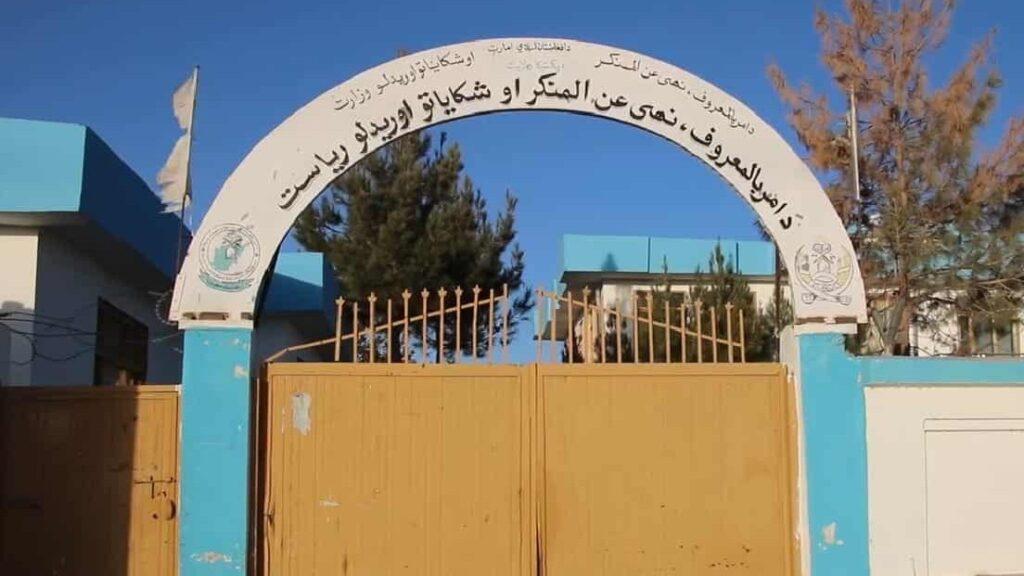






;Resize=805#)










